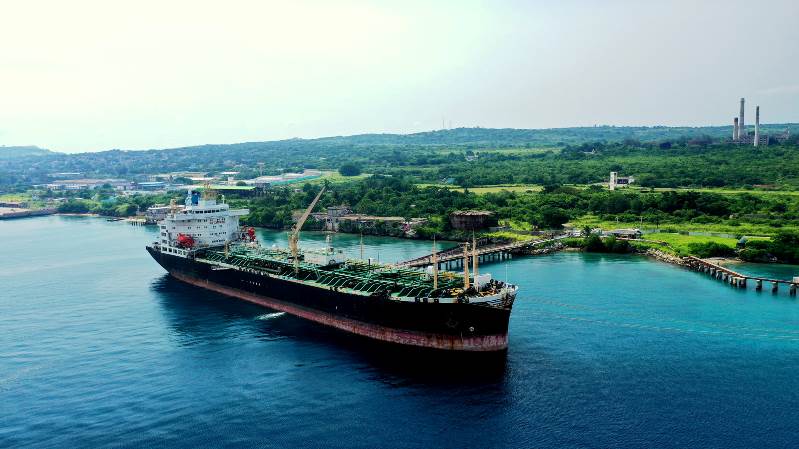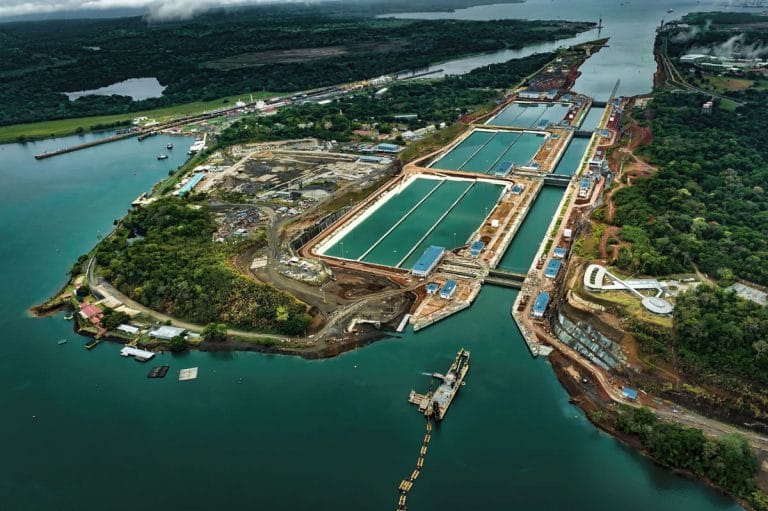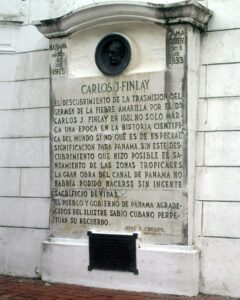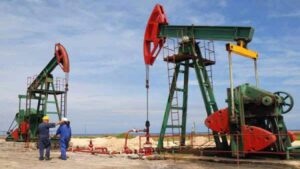Panama Canal: between maritime trade and environment.

default
Guaranteeing the water supply of the interoceanic waterway and nearby cities is more than a demand, it is a challenge that is met with the creation of lakes and artificial islands with a wide biodiversity.

The Panama Canal, considered one of the great engineering works of the twentieth century, will celebrate 110 years of operations this August 15, 2024.
Since the inaugural crossing of the steamship Ancon, up to 14,000 commercial ships have passed through the Canal every year to shorten the time and distance between the Pacific and Atlantic oceans.
The canal has two terminal ports for its maneuvers, one in each ocean; three sets of twin locks and one of the largest artificial lakes in the world, Gatun Lake, which feeds the canal’s compartments since the route is made through fresh water.
The economic advantages that the Panama Canal represents in world trade can be seen in the growing demand for the service it offers, hence the need to expand the interoceanic waterway, especially to facilitate the passage of ships of very large dimensions and cargo capacity, such as the Neopanamax.
It was thus that after the materialization of a megaproject, on June 26, 2016, the new era began with the inauguration of the expanded canal. A whole system of maritime communication administered by the Panamanian nation since 1999, after the signing of the Torrijos-Carter Treaty that put an end to the U.S. colonial presence in the canal.
But the Panama Canal, as one of the many modifications made to the environment by man, has had an impact on the environment.
From the beginning of the project executed by a French company, the hygienic-sanitary and environmental conditions led to the rapid spread of a yellow fever epidemic that claimed the lives of more than 20,000 people who worked on what would become the canal.

To complete the construction of the work, the principles of sanitation indicated by Cuban physician Carlos J. Finlay were applied. This is highlighted by a plaque in the Panama Canal itself, which recognizes Dr. Finlay’s contribution to the success of the project.
In the geographical order, 140 million cubic meters of earth, sands, rocks and other aggregates were extracted from the canal zone and taken to another location.
Other modifications were the destruction of 500 square kilometers of jungle with the reduction of plants and animals in the environment and the transfer of marine species from one ocean to another.
From these initial impacts we come to the threat to which the waterway has been exposed in recent years due to low levels of rainfall.
According to records, 2023 was one of the driest years in Panama’s history with below average rainfall during seven of the eight months of the rainy season from May to December.
This drought, related to climatic phenomena such as El Niño, affects the water supply to the Panama Canal by reducing the levels of the artificial lakes that feed the locks, a factor that affects the Canal’s operation.
Despite all this, the Panama Canal authorities are working to protect the environment and promote programs to mitigate and adapt to climate change.
Guaranteeing the water supply of the interoceanic waterway and nearby cities is more than a demand, it is a challenge that they meet with the creation of lakes and artificial islands with a wide biodiversity.
This effort includes ensuring a rational and sustainable use of water resources.
Written by Ana González.




